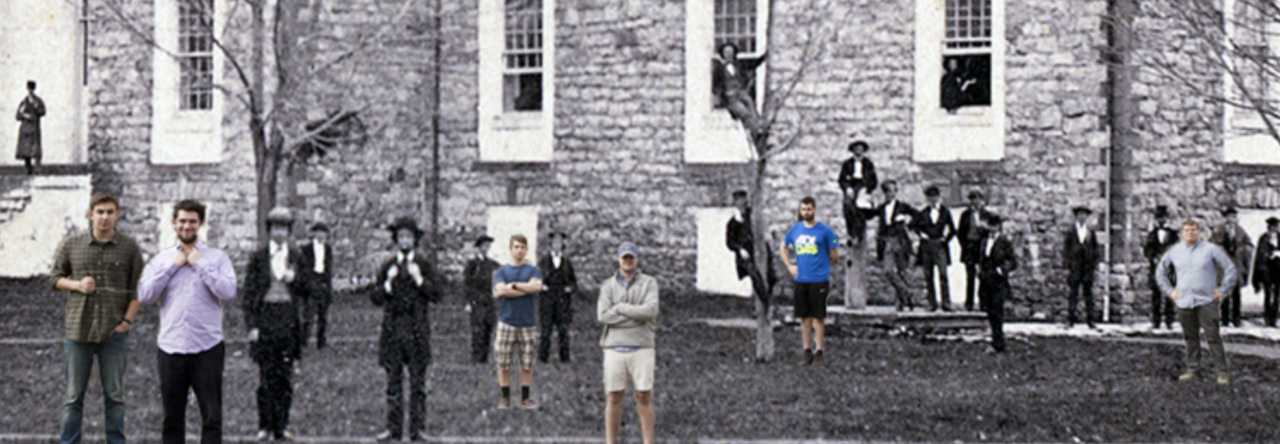Due by March 11, 2016
Objective
Students are required to create a custom-made Google map that helps document a Civil War battle using first-hand testimony and then to describe this map in a short (1,000 word) blog post.
Details and Guidance
- Students should be able to create at least ten (10) custom placemarks that help explain the main battle narrative. On the left column of the map, the placemarks should be arranged in rough chronological order. On the map itself, these markers should be situated in correct geographical position and should include text and images.
- Students should use quoted text from participants, found either in primary or secondary sources. Students should aspire to include comments from both Union and Confederate participants and from civilians as well. The best primary sources for this type of assignment include the OR, historical newspaper databases, and digitized or published collections of primary sources (such as letters, diaries or recollections). Keep quoted excerpts short, about 250 words or less.
- All text excerpts should be supported by relevant public domain images. The best source for such images include: House Divided research engine, Library of Congress, National Archives and Wikipedia. Make sure to include an image credit for every image.
- Here is a suggestion for how to best format the place marks:
Image credit: Firing on Fort Sumter (Courtesy of House Divided Project at Dickinson College) // From Louis Masur: “On April 12 at 4:30 in the morning, the first mortar shell exploded. On April 13, at 2:30 in the afternoon, [Major Robert] Anderson surrendered the garrison. No one was killed during the bombardment. Confederate secretary of state Robert Toombs had warned against this action, predicting ‘it will lose us every friend at the north.'” // Louis Masur, The Civil War: A Concise History, (New York: Oxford University Press, 2011), 24
- Students should embed their maps along with a descriptive blog essay (about 1,000 words) based on properly cited secondary source research and including a clickable bibliography of primary sources by Friday, March 11, 2016 at noon.
- For help with footnote and bibliography format, please consult the following resources: The model post with bibliography examples, or this handout on Chicago-style footnotes, this short document from the history methods center, or this longer guide available from the library.
- Late maps will be penalized 5 points per day. Students will be judged by breadth of research effort, quality of prose and effectiveness of map design. The best maps will be published at The Dickinson Survey of American History.

Leave a Reply